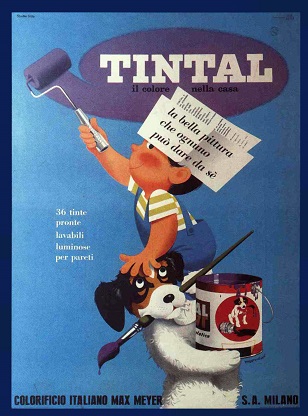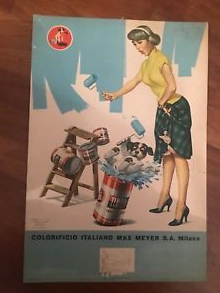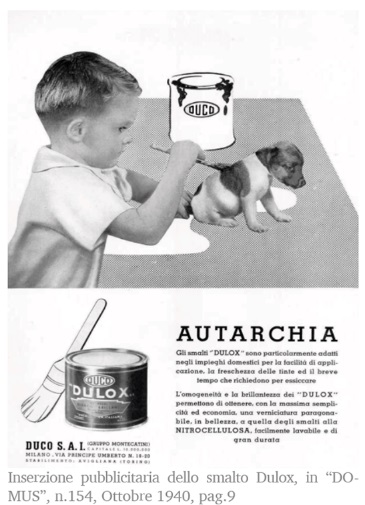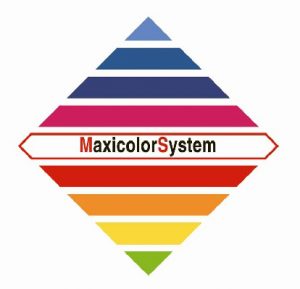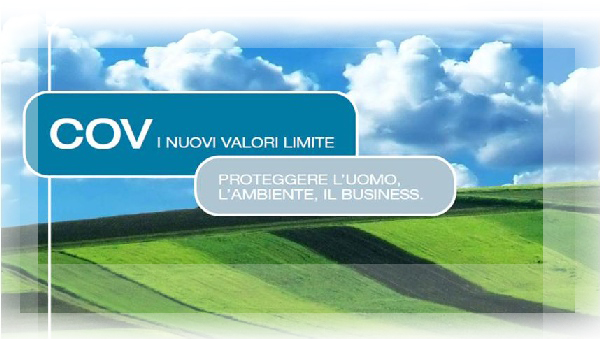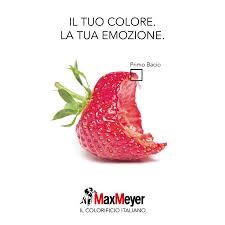1895
MaxMeyer the Italian paint maker – over 125 years of history
It was in the year 1895 that the Swiss entrepreneur, Max Meyer, founded in Milan the Colorificio Italiano, which still bears his name and was to become over the years the very symbol of paints in Italy: MaxMeyer.
1895 was a particularly fruitful year: the Lumière brothers organised the first public screening, Guglielmo Marconi made the first broadcast by radio and Michelin started testing tyres for cars, X-rays were discovered and, in the same year, the Nobel Prize and the Venice Biennial were established.



